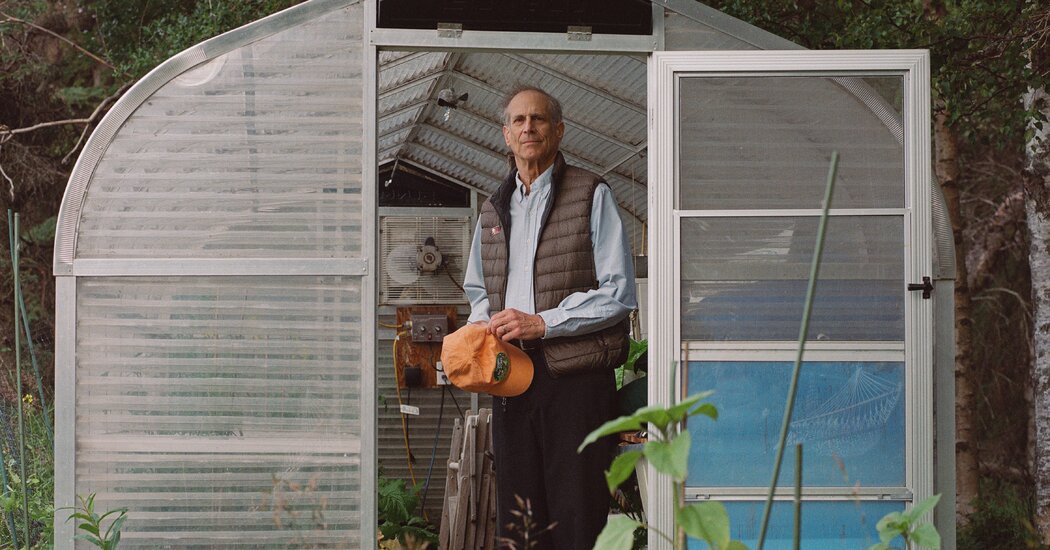
April 1, 1978: “It seems that all anyone wants to know these days is when to plant the tomatoes. Well, now is about the right time. … First, make sure you really want to go through the hassle of growing these fruits.”
March 28, 1981: “There are hundreds of reasons for not growing tomatoes. They are not pretty plants. They attract white flies. They won’t set fruit if the temperature drops below 56 degrees.”
March 28, 1987: “Now is the time to start tomato seeds in Alaska. Mind you, I am the first to admit that Alaska is a lousy place to grow tomatoes.”
In May, tell readers to rototill their gardens. Memorial Day weekend is the time to plant seeds outdoors — and to transplant tomatoes. In May and July, remind readers to fertilize the lawn. They should pull dandelions or spray them with 2,4-D. In August, note the blooming fireweed: According to Alaskan tradition, this means six more weeks before the first frost. In September, a reminder to rake the lawn and plant bulbs and a call to harvest; green tomatoes will ripen if placed in a paper bag with an apple or banana. In November, provide a gift guide. In December, discuss houseplants and offer tips on poinsettias. In January, prompt readers to order seed catalogs. Soon the season for tomato dissuasion rolls around again.
“Ten years of columns!” Lowenfels wrote in November 1985. (Actually, it had been nine; when I pointed this out to him, he texted back, “lol.”) By now, Lowenfels was a successful lawyer in the private sector. He was an optimist, a man walking around with a bullet in his neck. He wore a bow tie to work and carried a red clown nose in his pocket as a talisman of levity. He and Judith had children, Lisa and David. His dad died. After the funeral, Lowenfels dug up some of the orange day lilies and brought them back to Anchorage. He planted them by his driveway. Every year they sent up shoots, but they never flowered.
Few of the plants that Lowenfels grew up with in New York flourished in Anchorage. “Remember the old axiom,” Lowenfels wrote — “ ‘If children won’t like eating it, it will thrive in an Anchorage garden.’” Kale, broccoli and lettuce could be cultivated reliably, along with peas, carrots and radishes. A few crops did exceptionally well. In August 1983, he wrote about Gene and Mark Dinkel, residents of the nearby Matanuska Valley, who had once grown a 79-pound cabbage. “One day he hopes to top the 100-pound mark,” Lowenfels wrote, referring to Gene.
Gardeners were always pushing the bounds of what was possible. Lowenfels often recommended new flowers, vegetables and horticultural plants to try. He discussed a new bean that matured in 51 days, a new carrot with “40 percent more vitamin A than other carrots” and two new radishes “of interest.” He suggested Ligularia. “Now, you are probably thinking: Ligularia? What is that? Some sort of new pasta?” (It is a genus of tall, flowering plants with big leaves.) He praised Mayday trees. “Somewhere they must bloom on May Day,” he wrote, “but here they never have.”
Average Rating